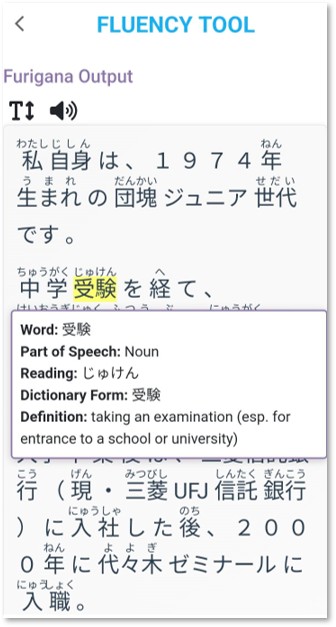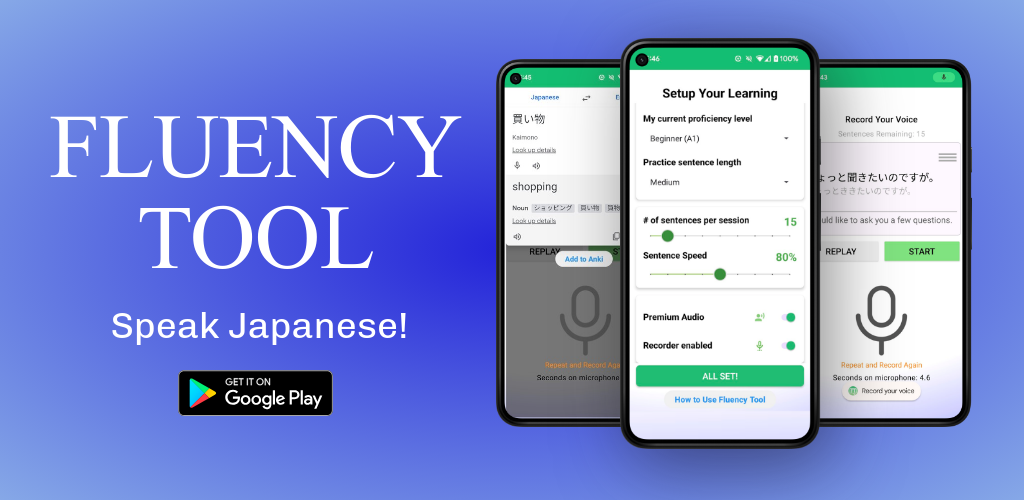Why Immersive Japanese Reading Matters
Immersive reading is one of the most powerful ways to build fluency in Japanese. By engaging with authentic, native-level written content, learners have the opportunity to internalize vocabulary, grammar, and cultural nuances in a way that traditional study methods can't match. In contrast to traditional textbook and classroom learning (which commonly focus on repetition and memorization), immersive reading allows learners to interact with the language as it’s used in real life, promoting both comprehension and fluency.
Challenges of Immersive Reading
Immersive reading is an effective learning tool, but it presents challenges for all language learners. These include unfamiliar vocabulary, complex grammar, and intricate writing systems, which can create a gap between conversational fluency and reading proficiency. In languages like Japanese, the complexity of kanji adds an extra layer of difficulty, while learners of other languages may struggle with advanced vocabulary or sentence structures.
Overcoming these challenges requires targeted immersion, engaging with real-world language in manageable increments. This approach helps learners gradually improve comprehension and fluency.
Unique Challenges of Immersive Japanese Reading
Immersive reading presents challenges for learners of any language, not just Japanese. One key difficulty is finding appropriate texts that match the learner’s level, ensuring they are neither too simple nor too complex. Another challenge is the ease of looking up unknown words—frequent interruptions to look up meanings can break the flow of reading and hinder comprehension. Additionally, the availability of content tailored to language learners can be limited, especially for those at intermediate or advanced levels.
Key Hurdles for Japanese Learners
For learners of Japanese, immersive reading presents unique challenges, primarily due to the complexity of kanji, the character system central to Japanese writing. While many learners can converse or recognize spoken phrases, reading the same words can often feel much more difficult. Limited kanji knowledge creates a gap where learners may understand the spoken form but struggle to decode the written equivalent.
Overcoming the Disconnect
This disconnect can lead some learners to shy away from reading immersion, focusing instead on conversation or listening. However, avoiding reading only delays progress. To truly advance in Japanese, learners must confront these challenges and use immersive reading to improve, unlocking the richness of Japanese literature, media, and culture. This article explores the common hurdles of immersive reading and how tools like the Fluency Tool app can help learners overcome them effectively.



